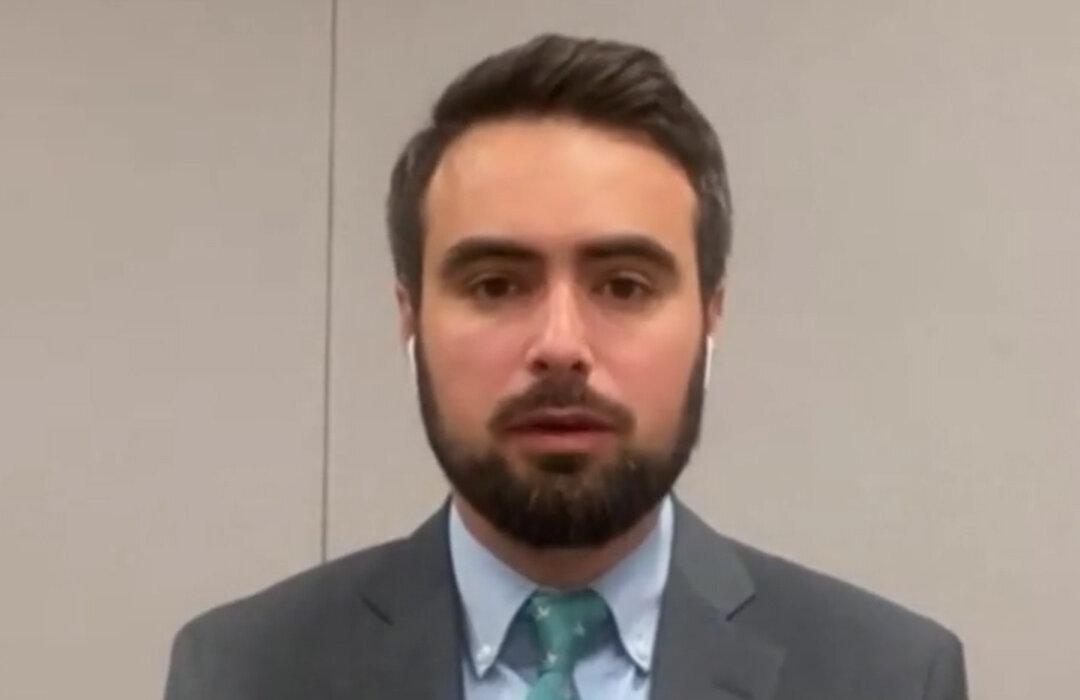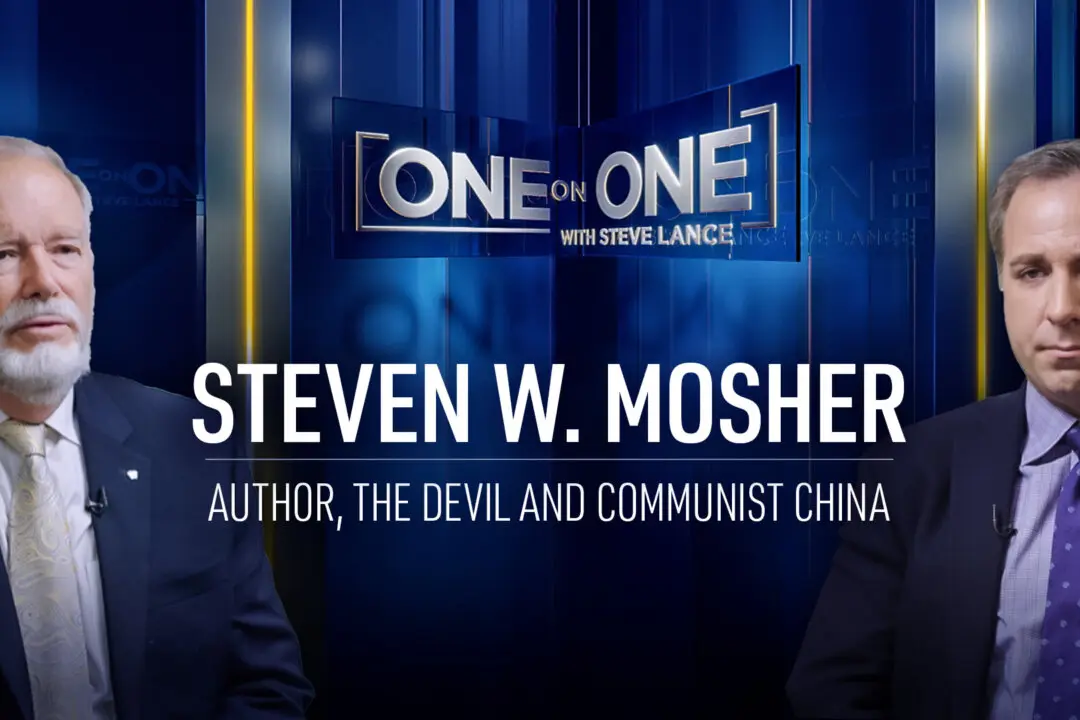Tavi Costa, portfolio manager at Crescat Capital, has criticized the Biden administration’s spending measures, warning that Americans’ inflation woes might have only just begun.
During the recent White House celebration of the passage of the “Inflation Reduction Act,” the president defended his government’s massive spending by saying that “we spend, but we pay.” Biden said that the Inflation Reduction Act will lower the country’s deficit by $300 billion over the next decade. The deficit declined by $350 billion in his first year in office and will fall by $500 billion this year, the president claimed.






